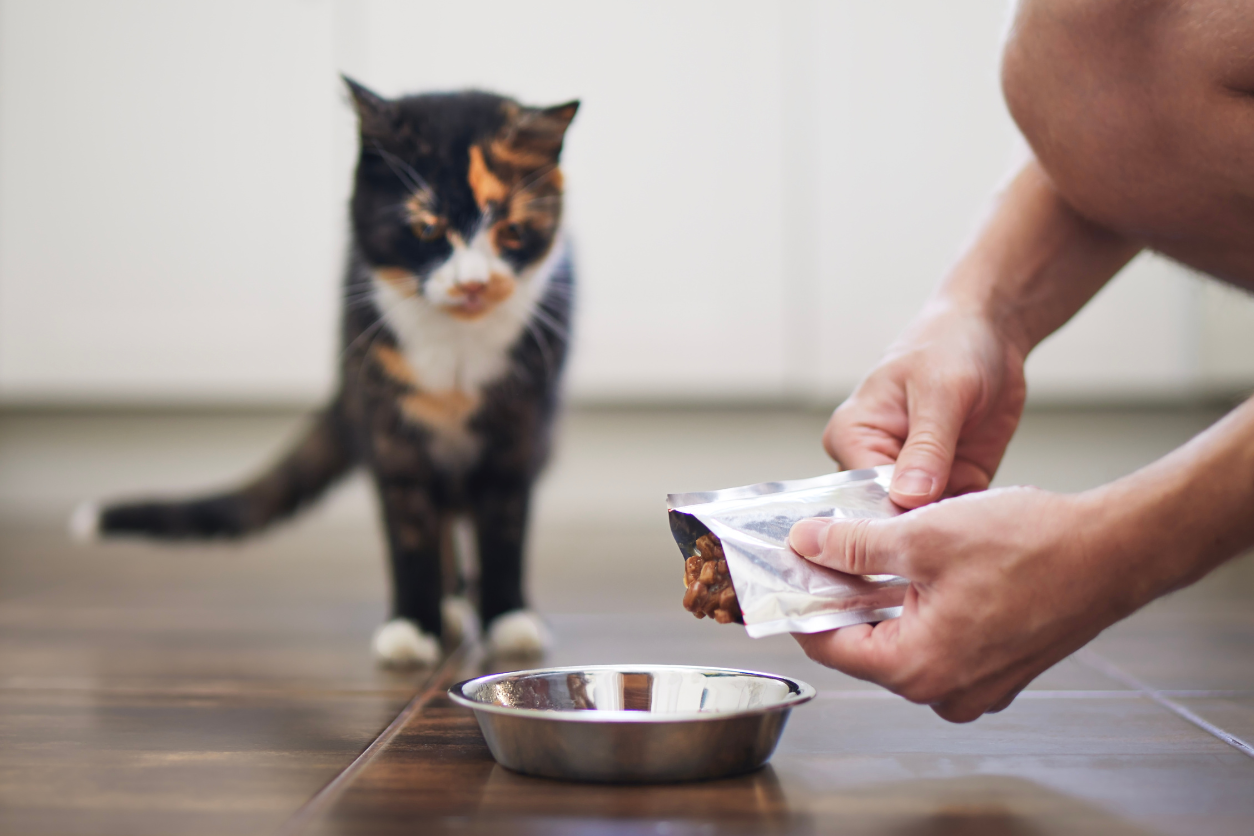Portions, Calories, Timing: Everything You Need to Know About Feeding Your Cat

When it comes to taking care of cats, many people struggle with the basics regarding how much to feed them and when. But understanding portion size, meal timing, and other important factors is essential for keeping your furry friend healthy and happy. In this post, we’ll tell you everything you need to know about how much food to feed your cat so you can make sure they get the nutrition they need.
What Types of Food Should I Feed My Cat?
It’s important to understand that cats require the right combination of nutrients in order to stay healthy, so selecting the right food is essential. Here are some of the most popular types of food you can feed your cat:
Dry Food
Dry food for cats is a convenient and affordable option for your furry best friend. To ensure your cat is consuming the most nutrients possible, it’s important to pick a high-quality dry food. Look for dry foods made with real animal proteins like chicken or fish as the main ingredient, and avoid foods with fillers or artificial ingredients.
Wet Food
Wet food is more expensive than dry food, but cats generally prefer the taste and texture. It also helps to keep your cat hydrated, which is important if they don’t drink much water on their own. Look for wet food with real animal proteins as the main ingredient, and make sure it’s free from artificial preservatives.
Raw Food
Some cat owners prefer a raw diet for their cats because a prey diet offers a full spectrum of essential nutrients and vitamins needed for a healthy life. If you go this route, research what kind of diet works best for cats and consult with your veterinarian to make sure you’re providing a balanced diet.
How Much Food Should I Feed My Cat?
Understanding Portion Sizes
Your cat’s individual needs will depend on its age, size, activity level, and other factors, so it’s important to consult with your vet or nutritionist for help determining the right portion size for your cat. In general, most adult cats require about one ounce of wet food per pound of body weight daily.
Calculating the Calories Your Cat Needs
You can use a calorie calculator to determine how many calories your cat should be consuming each day based on their age, weight, and activity level. Generally speaking, cats require between 200-300 calories per day depending on their individual needs, but again it’s best to consult with a vet or nutritionist when determining exactly how much your cat should be eating each day.
When Should I Feed My Cat?
Meal Timing
Cats tend to do better when they eat at consistent times each day rather than being fed ad-hoc throughout the day. If possible, try to feed them two meals per day at roughly the same time to promote regular digestion. Getting a timed feeder can also help with this if you feed through dry food.
How Often Should I Feed My Cat?
Feeding Frequency
Most experts recommend feeding adult cats two meals per day depending on their individual needs or as outlined by your vet or nutritionist. Kittens will generally need more frequent (usually three or four) small meals throughout the day in order to give them enough energy to grow and develop properly.
Avoiding Overfeeding
Overfeeding can cause serious health issues in cats, such as obesity, diabetes, and liver disease. It’s important to monitor how much they are eating each day and make sure they are not consuming too many calories or excessive amounts of treats. Do not feed your cat table scraps or human food.
What Should I Do if My Cat Is Overweight?
Switch To A Low-Calorie Diet
The first step in helping an overweight cat lose weight is switching to a low-calorie diet that contains fewer carbohydrates and more protein than its previous diet. Look for foods that have fewer than 30% animal-based fat content without added sugars or unhealthy fillers like corn or wheat gluten
Increase Exercise
Along with making dietary adjustments, increasing exercise can also help an overweight cat lose weight. Try introducing regular playtime sessions with interactive toys like laser pointers, feather wands, tunnel chases, etc.
Final Note!
Feeding your cat the right food and in the right amount is an essential part of responsible pet ownership. Understanding portion sizes, calculating calorie intake, providing meal timing, avoiding overfeeding, and accounting for dietary supplements and special diets are all essential for keeping your cat healthy and happy. With the right knowledge, you can make sure your cat is getting all the nutrition they need.
Your Pet’s Best Interest, Always
At Pet Institute, we take pet care seriously. We're dedicated to transparency, impartiality, and the well-being of your pets in every article, review, and recommendation we provide. Our unwavering commitment to these principles ensures that you, our valued reader, always receive reliable and unbiased information. Let us be your trusted guide in the world of pet care and companionship.